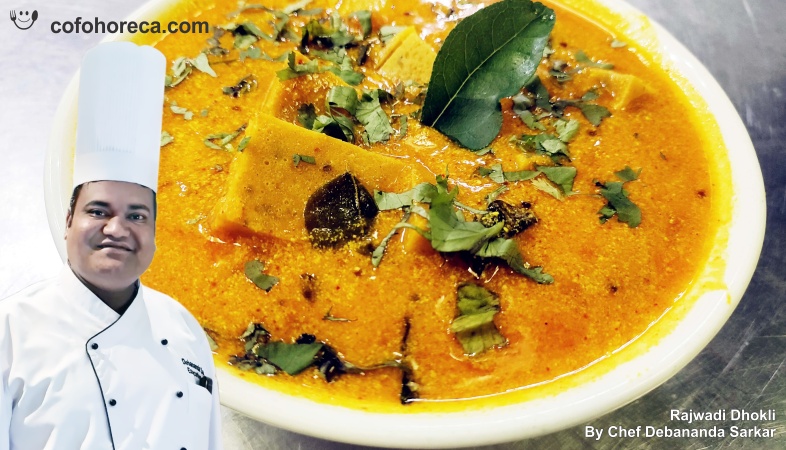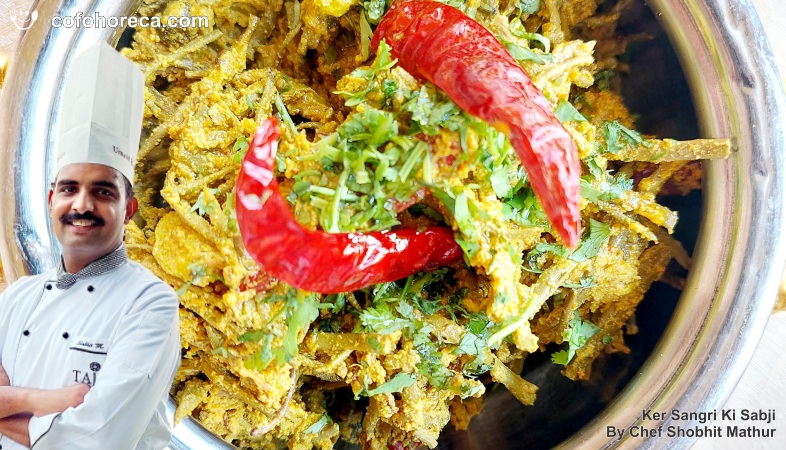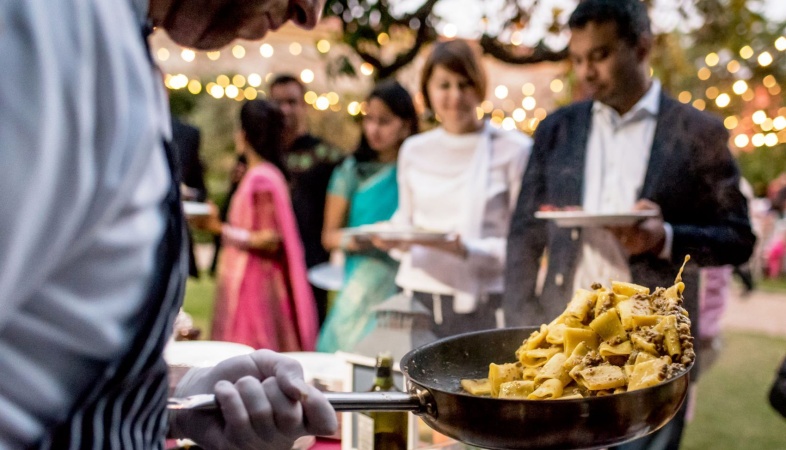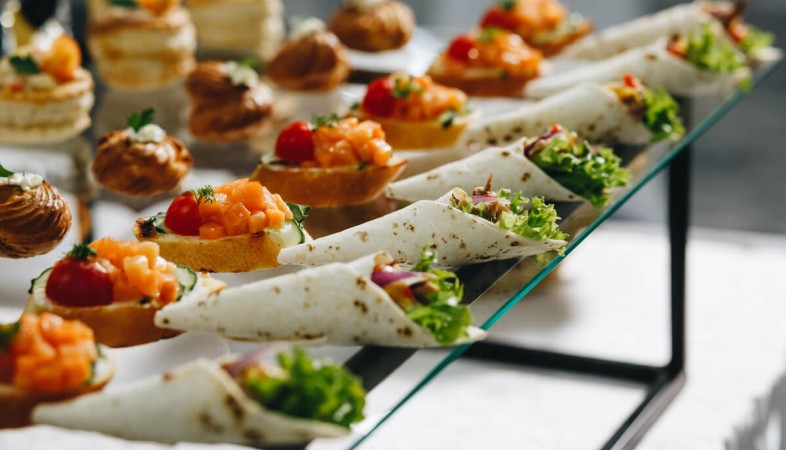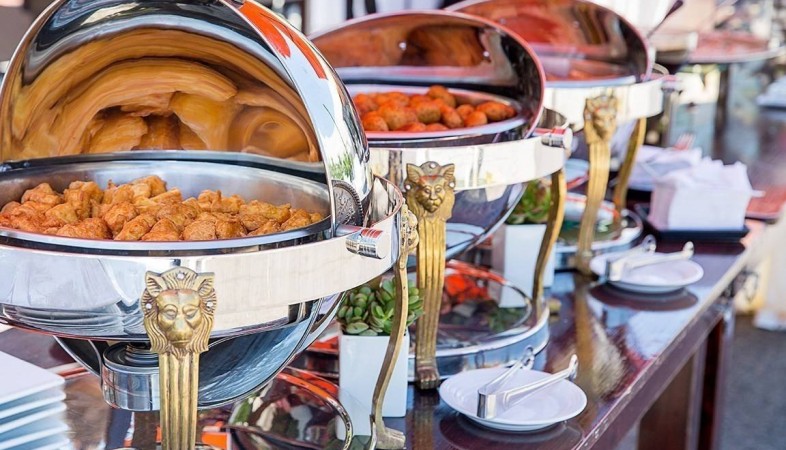Lobster: From Prison Fare to Culinary Luxury
Lobster has undergone a remarkable evolution from being considered prison fare to becoming a coveted symbol of culinary luxury and indulgence.

Delve into the fascinating history of lobster, a crustacean
that has transitioned from humble beginnings as prison food to becoming a
symbol of culinary luxury and indulgence. Once considered a lowly and abundant
resource, lobster has undergone a remarkable transformation over the centuries,
evolving into a coveted delicacy that graces the menus of fine dining
establishments around the world. Join us as we unravel the story of how lobster
went from being a food of last resort to a coveted culinary treasure.
In the early days of colonial America, lobster was plentiful along the Atlantic coast and was often used as a cheap and abundant source of protein for the poor and marginalized members of society. In fact, lobster was so abundant that it was even served to prisoners, leading to its reputation as "prison fare" or "poor man's food." Lobster was often served boiled or stewed and was considered to be a food of last resort, fit only for those who had no other options.
However, attitudes towards lobster began to change in the 19th century, thanks in part to advances in transportation and refrigeration that made it possible to ship lobster inland to urban markets. As lobster became more widely available, it began to shed its reputation as a food of last resort and started to gain popularity among wealthier diners who saw it as a delicacy to be savored and enjoyed.
Moreover, the rise of tourism in coastal regions like New England further fueled the demand for lobster, with visitors flocking to seaside resorts to enjoy fresh lobster dinners overlooking the ocean. Lobster became synonymous with luxury and indulgence, with restaurants and hotels serving lobster in a variety of elaborate and extravagant preparations, from lobster thermidor to lobster Newburg.
Today, lobster is considered one of the most prized and sought-after ingredients in the culinary world, commanding top dollar on restaurant menus and seafood markets around the globe. Chefs and diners alike prize lobster for its delicate flavor, tender texture, and versatility in the kitchen. Whether served simply steamed with drawn butter or incorporated into more complex dishes like lobster bisque or lobster risotto, lobster remains a beloved and iconic symbol of culinary luxury.
In addition to its culinary appeal, lobster also holds a special place in popular culture and folklore, with numerous legends and stories surrounding its origins and significance. From tales of lobster fishermen braving treacherous seas to catch their prized quarry to stories of lavish lobster feasts attended by royalty and dignitaries, lobster has captured the imagination of people around the world and become a symbol of abundance, prosperity, and celebration.
The story of lobster is a testament to the transformative power of culinary culture and human ingenuity. From its humble beginnings as prison fare to its current status as a symbol of culinary luxury and indulgence, lobster has undergone a remarkable evolution over the centuries. Today, lobster remains a beloved and iconic ingredient that continues to inspire chefs, delight diners, and capture the imagination of food enthusiasts around the world.
.png)



